Types of Braces
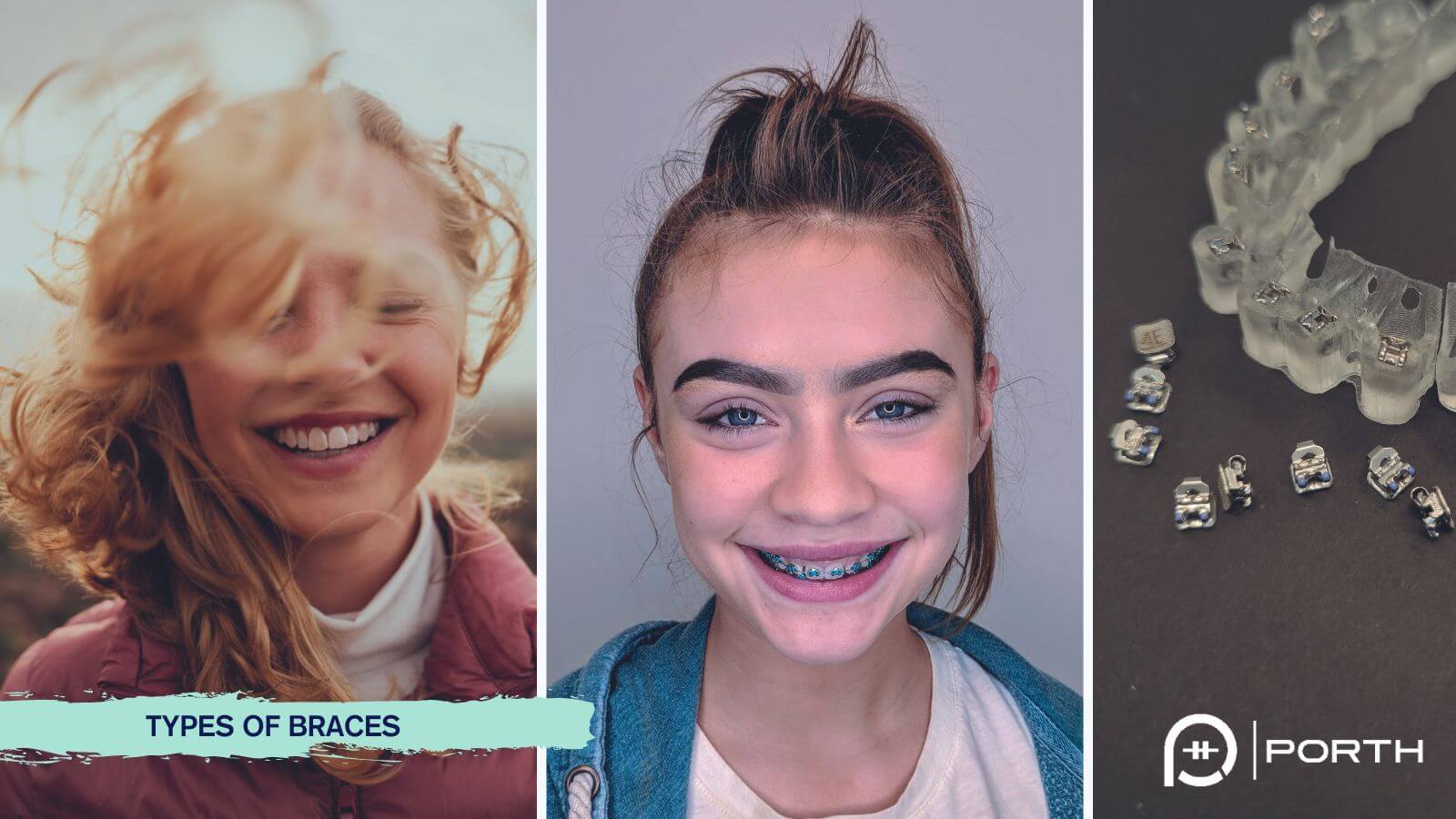
Orthodontics
Orthodontic treatment has drastically changed in the last decade. Many types of appliances are now available to fix jaw and dental problems. Clear plastic aligners are one of the most common types of braces that orthodontists offer.
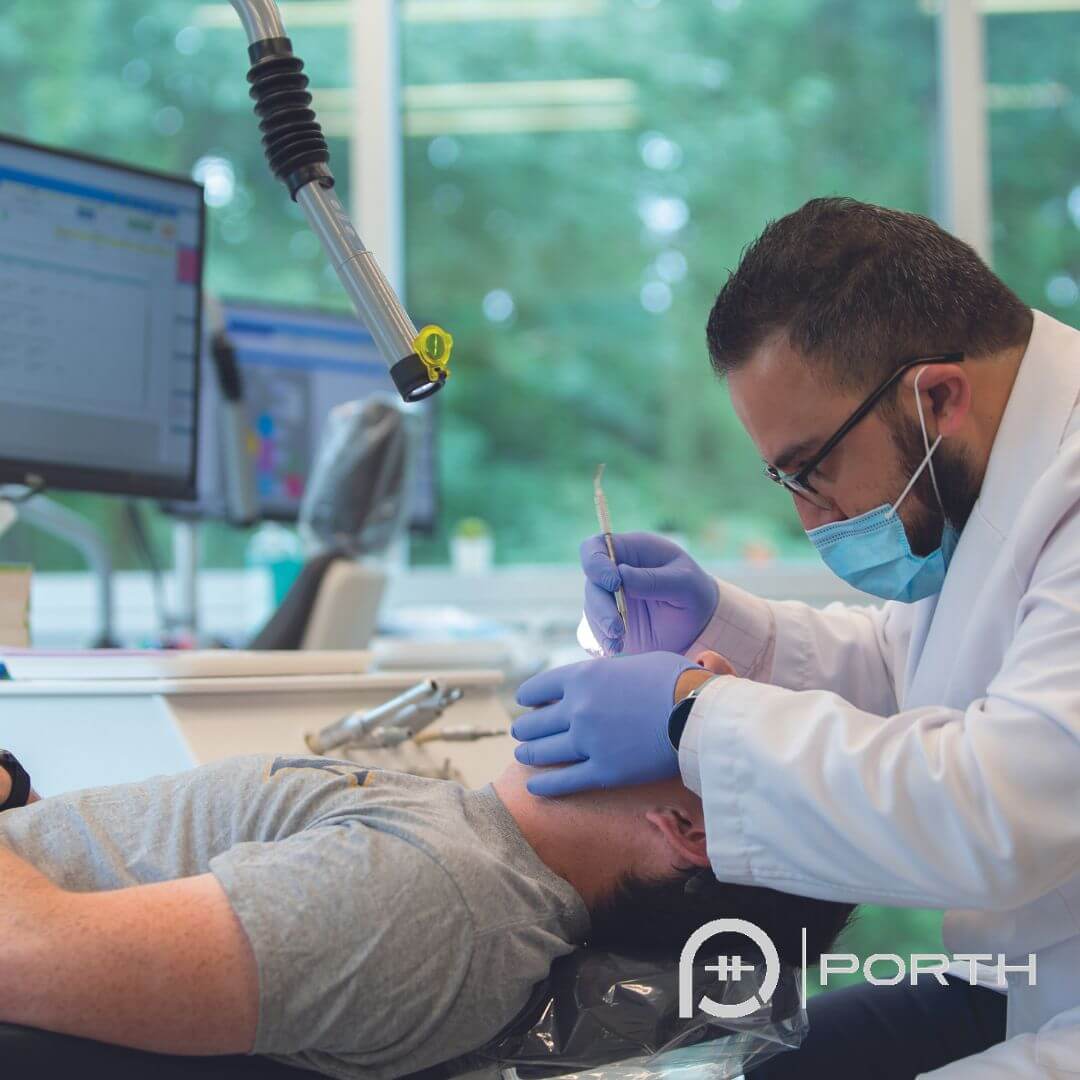
Types of Braces
- Metal Braces
- Ceramic Braces
- Self-ligating Braces
- Esthetic Orthodontic Options
- Invisalign & Clear Aligners
- Lingual Braces

Metal braces
Dentistry has come so far. Conventional metal braces are not the only option, yet the majority of patients still love this type of braces. Oral hygiene and flossing with these braces need a little bit of practice to master.
Digital technology has also improved the traditional metal braces. Digital metal braces are similar to the traditional option with improvements in how orthodontists precisely place the brackets on the teeth and use custom programmed archwires.
Metal braces come with various colors of elastic ties that hold archwires in place.
Who is a good candidate for metal braces?
- Patients that are interested in colored braces
- When esthetics are not the main concern
- Patients with very complex treatment and not interested in lingual braces
What are the common brands of metal braces?
- Damon braces
- GC braces
- American Orthodontics braces
- 3M braces
- Ormo mini diamond
- SPEED braces
Taylor swift choices of colors for your braces
How to fix pokey braces
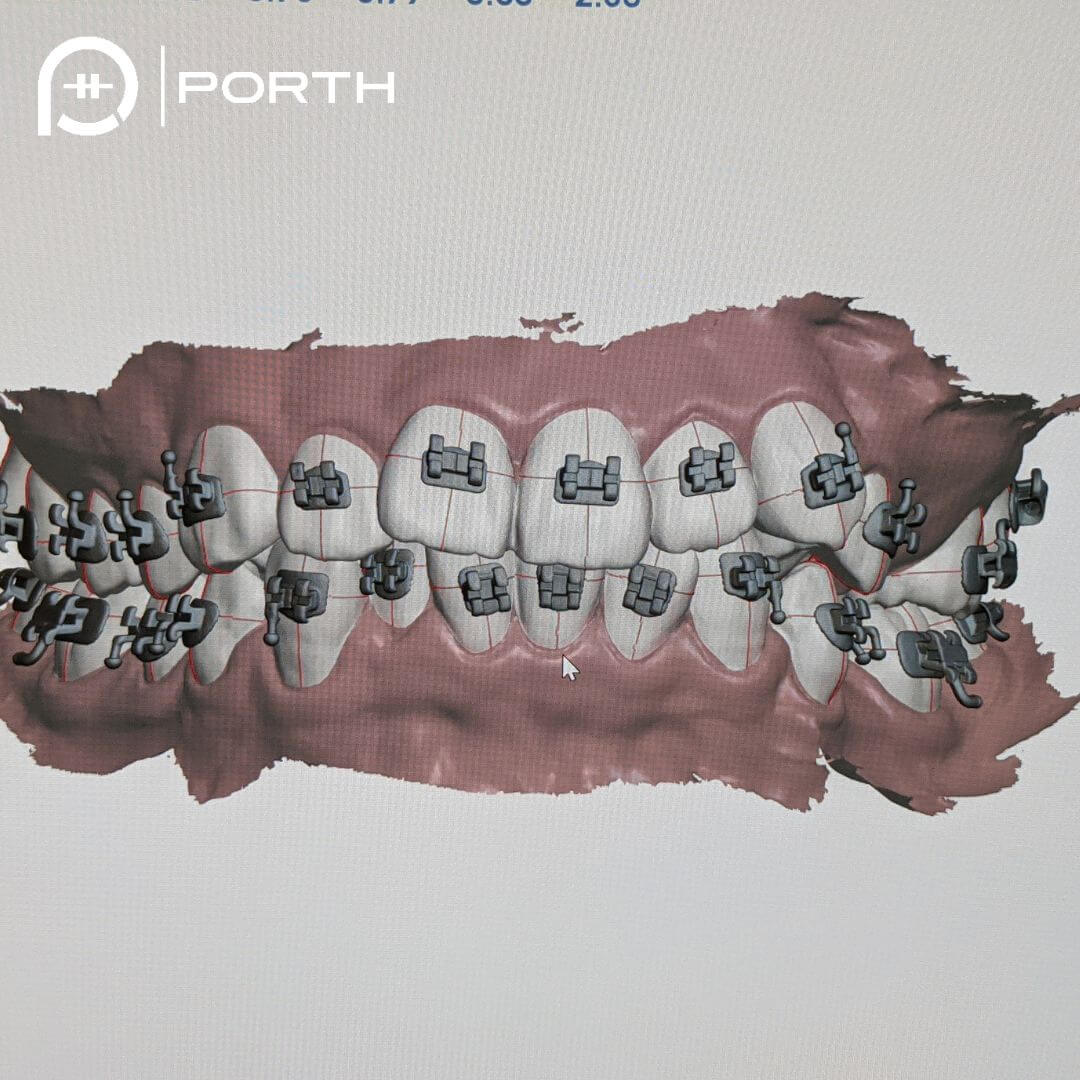
Ceramic braces
Ceramic brackets, also known as clear braces, were the first attempt to create cosmetic orthodontic options. Tooth-colored elastic bands hold the wire in these brackets.
The wires for clear braces are metal, so this esthetic option is partially a cosmetic choice.
Due to the physical properties of ceramic material, most of ceramic braces actually have a larger profile compared to metal braces. Some patients are not comfortable with this treatment option. Also, the tooth-colored elastic bands can stain and turn the brackets all yellow.
Who is a good candidate for ceramic braces?
- Patients that are looking for a partial cosmetic orthodontic appliance.
- Patients that like to mix and match metal braces with clear braces.
What are the common brands of ceramic braces?
- 3M ceramic clear braces
- AO radiance PLUS braces
- Lightforce braces
- Damon Clear
- Clarity (Advanced and SL)
Ceramic braces vs. metal braces
When considering teeth straightening options to correct malocclusion, such as misalignment or crooked teeth, it's essential to weigh the pros & cons of ceramic braces vs. metal braces to find out what is best for you. Ceramic braces, known for their tooth-colored brackets, offer an aesthetically pleasing alternative for those who are self-conscious about their smile.
They blend in with the natural teeth, making them a popular option among adults seeking a healthy smile without the conspicuousness of metal wires and silver brackets. However, the cons of ceramic braces include their less durable nature compared to metal braces and the higher cost of ceramic braces. The disadvantages of ceramic braces also involve the potential for staining from substances like red wine, requiring more attention to oral health to prevent gum disease and tooth decay. On the other hand, metal braces are known for their strength and efficiency in treating severe malocclusion.
One of the disadvantages of metal braces is that they can make patients feel more self-conscious due to their visibility. Both types use ligatures or rubber bands, which can accumulate food particles leading to oral health issues if not properly maintained. Ultimately, the best choice for you depends on your lifestyle, budget, and the extent of teeth correction needed. While ceramic braces offer a discreet way to achieve a healthy smile, they may be less durable and more expensive, whereas metal braces are more noticeable but potentially more effective in correcting severe misalignments.
Self ligating braces
One type of metal or ceramic braces is self-ligating braces. These braces are easier to clean. Claims suggest that self-ligating brackets offers shorter treatment time and less friction of archwires, yet this was scientifically rejected.
Digital braces can be combined with self-ligating braces, which offers a great option for orthodontic treatment with fewer appointments.
Who is a good candidate for self-ligating braces?
- Patients that don’t want colored braces.
- Patients that are looking for fewer appointments or virtual appointments (tele-orthodontics).
- Patients that like to maintain great oral hygiene during their treatment.
What are the common brands of self-ligating braces?
- Damon Smile
- Speed Braces
- In-Ovation
Esthetic orthodontic options
Adults and some teens mostly look for cosmetic options when it comes to orthodontic treatment. Lingual braces and clear aligner plastics (Invisalign) are invisible forms of braces.
Invisalign
Clear aligner treatment also known as Invisalign braces is an esthetic orthodontic treatment. Invisalign treatment is basically an orthodontic treatment rendered by aligners or plastic trays. Aligner treatment time depends on complexity of dental problems. For example, correcting deep overbite with Invisalign takes slightly longer than lingual braces.
Invisalign treatment or aligner therapy is a good option for patients of all ages, assuming they are a good fit.

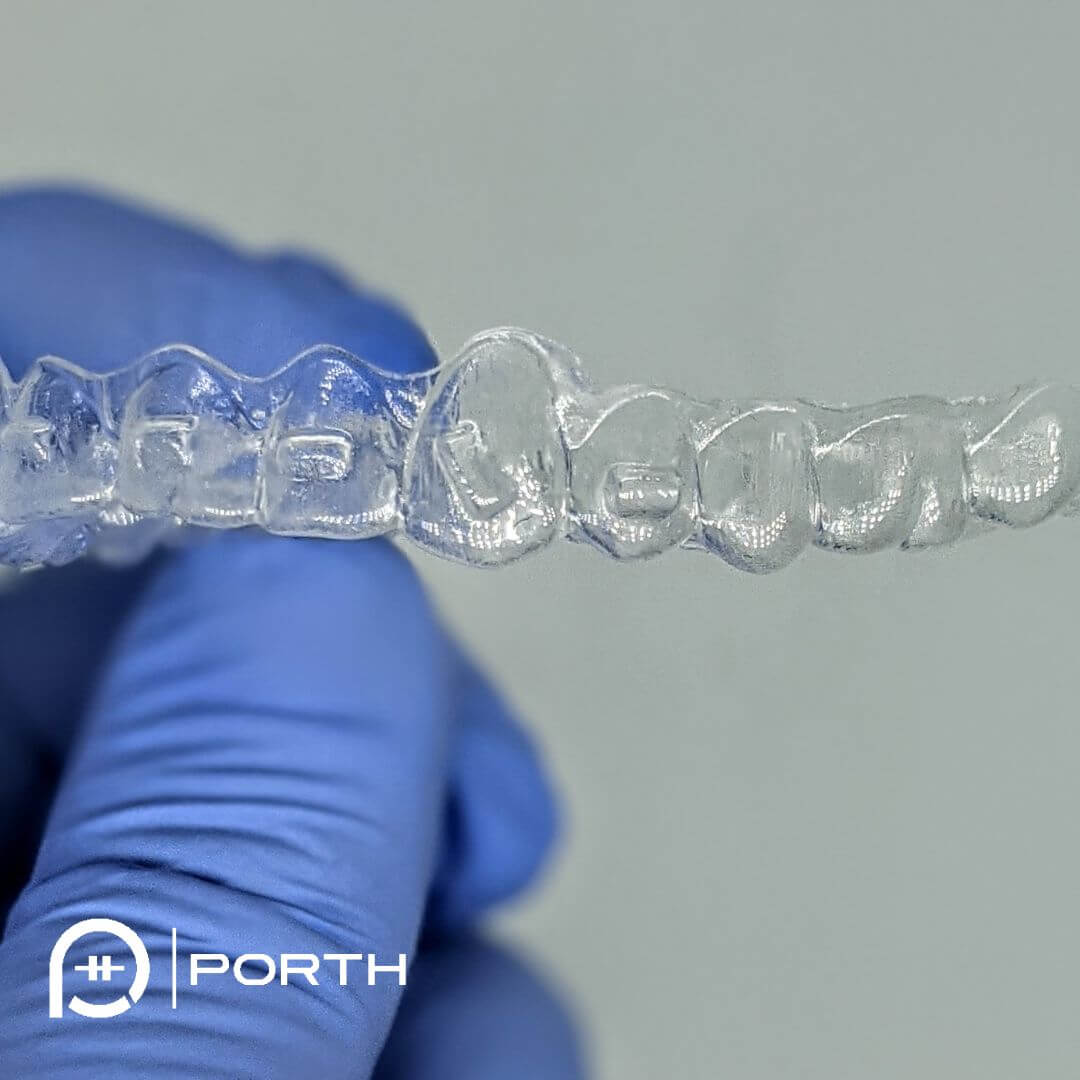
Who is a good candidate for clear aligners?
- Patients that are committed to wear their aligner plastics 20-22 hours per day.
- Patients that like to remove their appliances when they can.
- Patients that are not interested in braces.
- Patients that are interested in an esthetic option but can’t afford lingual braces.
What are the common brands of clear aligners?
- Invisalign
- Spark Aligners
- Suresmile Aligners
- 3M Clarity
- ClearCorrect
Book A Free Consultation
Start a virtual consultation today or schedule an in-person appointment at our Sammamish or Bellevue clinic. Your first free appointment includes recommendations for orthodontic treatment.

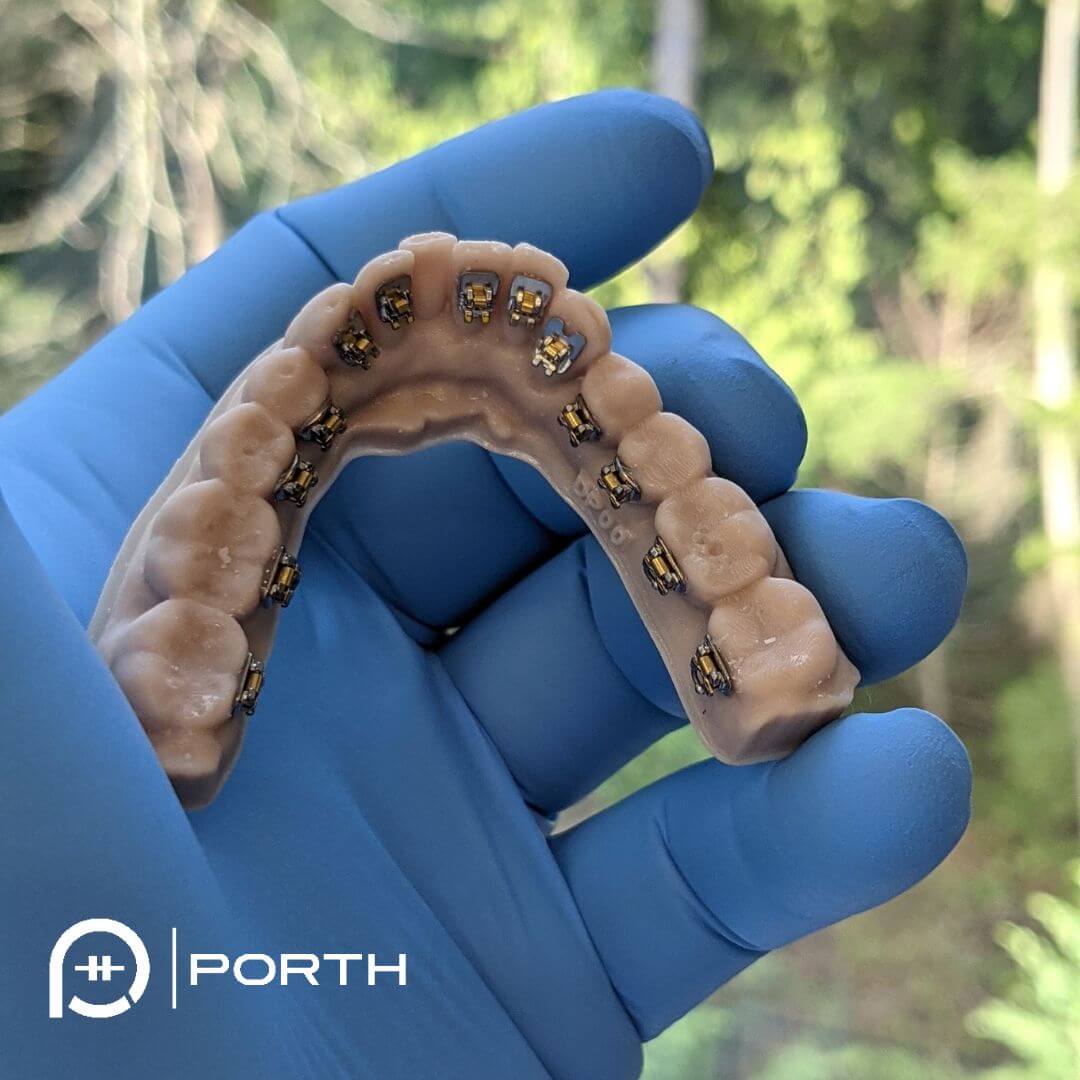
Lingual braces
Lingual braces are the ultimate esthetic option of orthodontic treatment. These braces are placed in the back of your teeth and discretely move your teeth. There are many differences between lingual braces vs Invisalign. The main differences are compliance and the cost of lingual braces.
Who is a good candidate for lingual braces?
- Patients that are not interested in challenges associated with Invisalign (wearing the aligners or losing the aligners).
- Patients that are looking for truly invisible orthodontic treatment.
What are the common brands of lingual braces?
- SureSmile by OraMetrix
- Incognito by 3M
- Harmony
- Alias by Ormco
- Brava by BRIUS
- Inbrace
- Breezy braces by InBrace
Common questions on types of braces:
Which type of braces are best?
The best type of braces for you is the type that matches your lifestyle. Certain orthodontic treatment plans work better with Invisalign and lingual braces.
What are the 3 options for braces?
Metal braces, lingual braces and clear braces are the three choices. Invisalign or clear aligners are the alternative to braces.
What is the most popular type of braces?
Traditional braces are the most popular type of braces. Digital braces are slowly replacing this type of braces.
Which type of braces work faster?
Custom digital braces are the fastest option of braces. These braces have treatment plans in their archwires and the position of the brackets.
What type of braces are stainless steel?
Most brackets are made of stainless steel and nickel.
What is the best type of braces for children?
Kids often get partial braces. The best type of braces for children are metal brackets. Kids that play sports need a mouth guard to protect their teeth.
What are the two types of metal braces?
Traditional metal braces and self-ligating braces are the two types of metal braces.
What is the difference between braces and retainers?
Braces help moving teeth. After orthodontic treatment, patients wear retainer to hold their teeth. Retainers come in various types, they are either fixed or removable retainers.